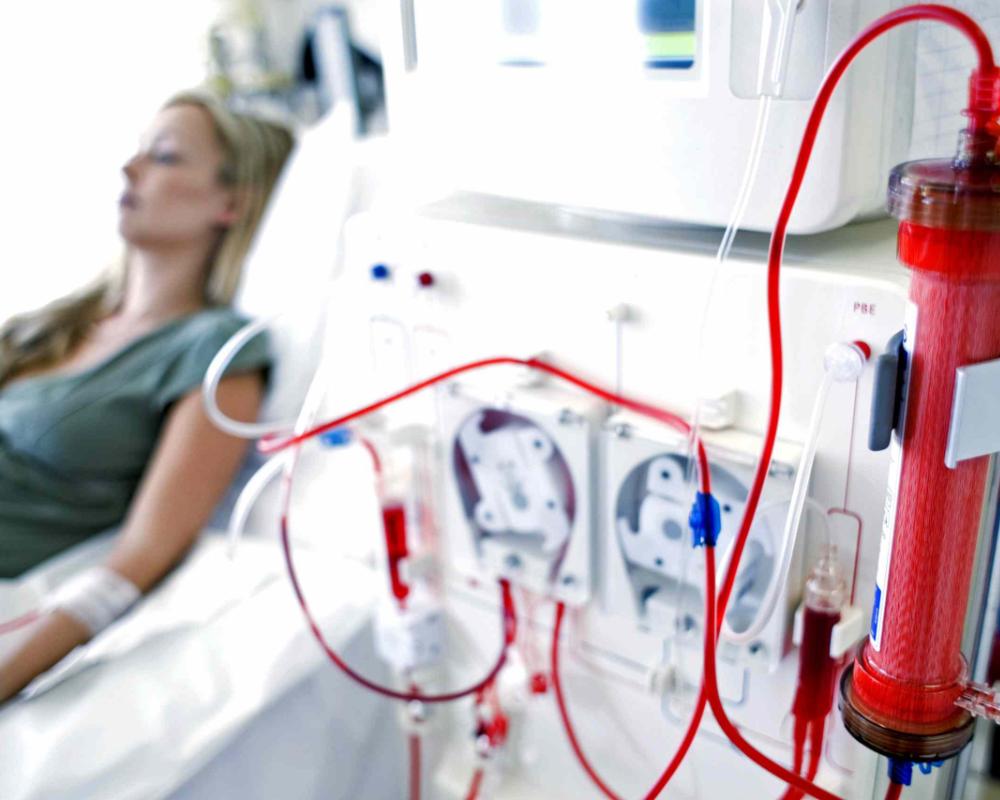Pre-diabetes is a condition where blood sugar levels are higher than normal but not high enough to be classified as type 2 diabetes. Recognizing early symptoms is crucial for preventing the progression to diabetes. Among various signs, changes in urination patterns can be an important indicator. This article explores how changes in urination might signal pre-diabetes and what you can do to manage your health effectively.
Understanding Pre-Diabetes
What is Pre-Diabetes?
Pre-diabetes is a metabolic condition and a serious health warning. It indicates that the body’s insulin usage is becoming impaired. Insulin is a hormone produced by the pancreas that helps cells absorb glucose (sugar) from the bloodstream to use as energy. In pre-diabetes, cells start to respond poorly to insulin, leading to higher blood glucose levels. According to the Centers for Disease Control and Prevention (CDC), about 88 million American adults—more than 1 in 3—have pre-diabetes. More alarming is that over 84% of these individuals do not know they have it. Identifying the signs early can help prevent the progression to type 2 diabetes, which is a major risk factor for cardiovascular disease, nerve damage, kidney failure, and many other serious health problems.Risk Factors for Pre-Diabetes
Several factors increase the risk of developing pre-diabetes. These include being overweight, leading a sedentary lifestyle, being 45 years or older, and having a family history of type 2 diabetes. Additionally, certain ethnic groups, including African Americans, Hispanic/Latino Americans, American Indians, Pacific Islanders, and some Asian Americans, are at a higher risk. Lifestyle factors such as poor diet, high consumption of sugar-sweetened beverages, and low fiber intake also contribute to the risk. Furthermore, individuals with a history of gestational diabetes or polycystic ovary syndrome (PCOS) are at increased risk.Symptoms and Signs of Pre-Diabetes
Common Symptoms
While pre-diabetes often presents without symptoms, there are subtle signs to watch for. These include increased thirst, frequent urination, fatigue, blurred vision, and slow healing of cuts and bruises. These symptoms arise because high blood sugar levels start to affect bodily functions.Urination Patterns as Indicators
Changes in urination are among the earliest and most noticeable signs of blood sugar issues. When blood glucose levels are high, the kidneys work harder to filter and absorb the excess sugar. If they cannot keep up, the excess sugar is excreted into the urine, dragging along fluids from bodily tissues, which leads to more frequent urination. This can also cause dehydration, prompting you to drink more fluids, thus creating a cycle of frequent urination.How Urination Patterns Reflect Blood Sugar Levels
Polyuria: Excessive Urination
One of the key indicators of potential pre-diabetes is polyuria, which means producing abnormally large volumes of urine. This condition occurs when blood sugar levels are elevated, leading the kidneys to expel the excess glucose through urine. Typically, this means urinating more than 3 liters per day, compared to the normal 1-2 liters.Nocturia: Frequent Nighttime Urination
Nocturia, the condition of waking up multiple times during the night to urinate, can be another sign of pre-diabetes. While it’s normal to occasionally wake up once during the night, frequent nocturia could suggest that your blood sugar levels are impacting your urinary habits. This happens because the excess glucose pulls water into the urine, causing frequent urination throughout the night.Thirst and Dehydration
As a result of frequent urination, individuals with pre-diabetes may experience constant thirst and dehydration. The body tries to compensate for the fluid loss by prompting an increased intake of fluids. However, even with increased fluid intake, the cycle of frequent urination continues, often leading to persistent dry mouth and thirst.Scientific Studies and Research
Research on Urination and Blood Sugar
Scientific research supports the link between frequent urination and high blood sugar levels. A study published in the journal "Diabetes Care" found that individuals with elevated blood glucose levels experienced significant increases in urinary frequency and volume. The study highlighted that polyuria and nocturia are prevalent among those with impaired glucose tolerance.The Role of the Kidneys
The kidneys play a crucial role in filtering blood and maintaining fluid balance. In the context of pre-diabetes, the kidneys’ ability to manage glucose is compromised. As glucose levels rise, the kidneys’ filtration system is overwhelmed, leading to glucose spilling into the urine. This process is known as osmotic diuresis, where the presence of glucose in the urine pulls more water out of the body, increasing urine output.Early Detection and Management
Early detection of pre-diabetes through symptoms like changes in urination patterns can significantly impact management and prevention strategies. Research indicates that lifestyle interventions, including diet and exercise modifications, can reduce the risk of progressing from pre-diabetes to type 2 diabetes by up to 58%. Recognizing and addressing symptoms early allows for more effective interventions.Managing Pre-Diabetes
Lifestyle Modifications
Managing pre-diabetes primarily involves lifestyle changes aimed at lowering blood sugar levels. These include adopting a healthy diet rich in fiber, whole grains, fruits, and vegetables, and reducing the intake of sugars and refined carbohydrates. Regular physical activity, such as walking, cycling, or swimming, helps improve insulin sensitivity and maintain healthy blood sugar levels.Medical Interventions
In some cases, lifestyle changes may need to be supplemented with medical interventions. Doctors may prescribe medications such as metformin, which helps lower blood sugar levels and improve insulin sensitivity. Regular monitoring of blood glucose levels is also essential to track progress and adjust treatment plans accordingly.Monitoring and Follow-Up
Regular check-ups with healthcare providers are crucial for managing pre-diabetes. Blood tests such as the A1C test, which measures average blood sugar levels over the past 2-3 months, help in assessing the effectiveness of management strategies. Additionally, monitoring for symptoms such as changes in urination patterns can provide early warning signs of worsening glucose control.Testimonials and Case Studies
Personal Experiences
Many individuals with pre-diabetes have reported changes in their urination patterns as one of the first signs of their condition. For instance, John, a 45-year-old man, noticed that he was waking up multiple times during the night to urinate. Concerned, he visited his doctor and was diagnosed with pre-diabetes. Through lifestyle changes and regular monitoring, John was able to bring his blood sugar levels back to normal.Medical Insights
Healthcare professionals emphasize the importance of paying attention to subtle changes in the body. Dr. Emily Smith, an endocrinologist, explains, "Frequent urination, especially if it disrupts your sleep, should not be ignored. It can be a sign of elevated blood sugar levels. Early intervention can prevent the progression to diabetes and improve overall health."Success Stories
Success stories of individuals who reversed pre-diabetes highlight the effectiveness of early detection and intervention. Sarah, a 50-year-old woman, noticed an increase in her thirst and urination. She consulted her healthcare provider, who diagnosed her with pre-diabetes. By adopting a balanced diet, increasing her physical activity, and regularly monitoring her blood glucose levels, Sarah successfully reversed her pre-diabetes within a year.Conclusion
Pre-diabetes is a significant health condition that can lead to serious complications if left unmanaged. Changes in urination patterns, such as increased frequency and volume, can be early indicators of elevated blood sugar levels. Recognizing these signs and seeking medical advice can lead to early detection and effective management of pre-diabetes. Through lifestyle modifications, regular monitoring, and medical interventions when necessary, individuals can prevent the progression to type 2 diabetes and maintain their health. Awareness and education about the symptoms and risk factors of pre-diabetes are crucial. By understanding the importance of early detection and making informed health choices, individuals can take proactive steps towards a healthier future.Are you tired of living under the shadow of kidney disease? Are you yearning for a life free from the shackles of dialysis, kidney failure, and the looming threat of kidney transplants? If so, you're in the right place at the right time. Imagine waking up every morning with boundless energy, feeling rejuvenated and ready to take on the day. Envision a life where your kidneys are functioning optimally, and you no longer dread the burdensome routines of dialysis sessions. The Kidney Disease Solution Program is here to turn that vision into reality for you.


